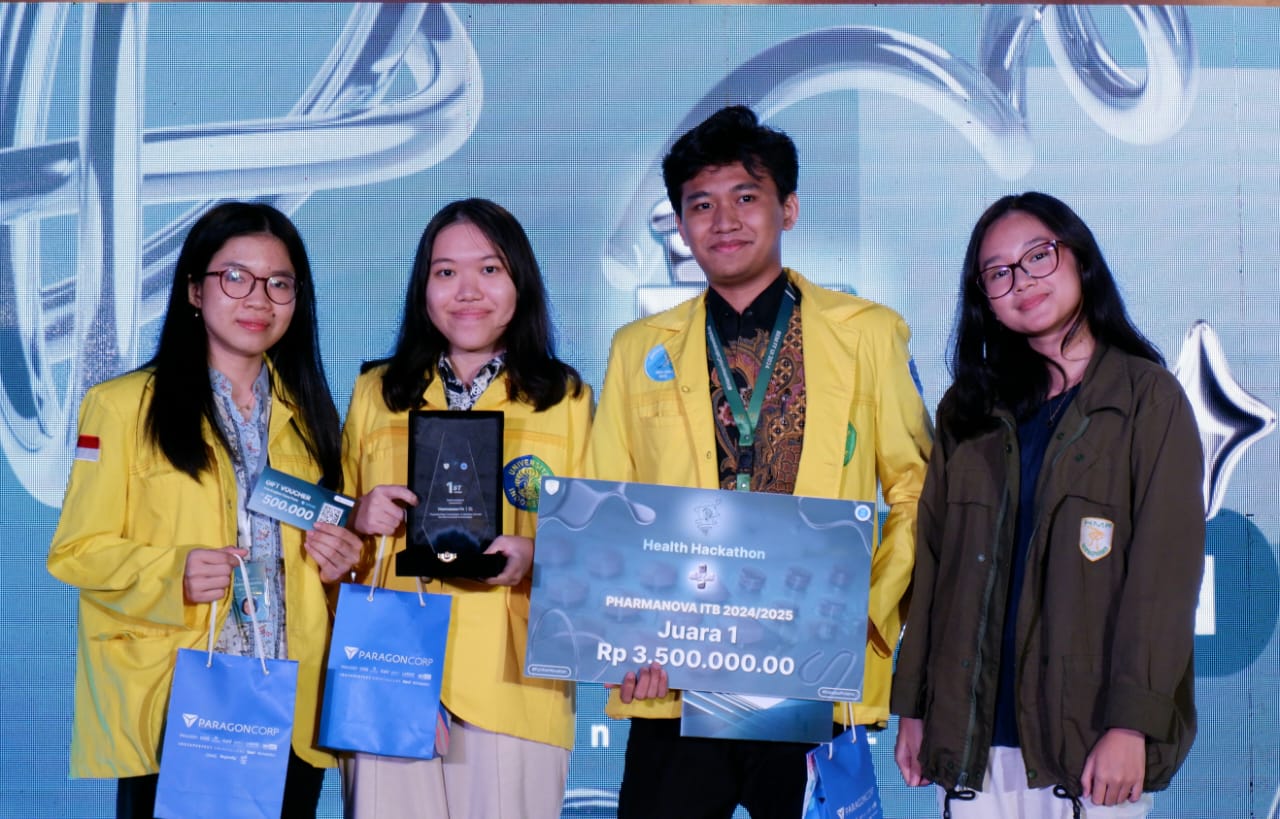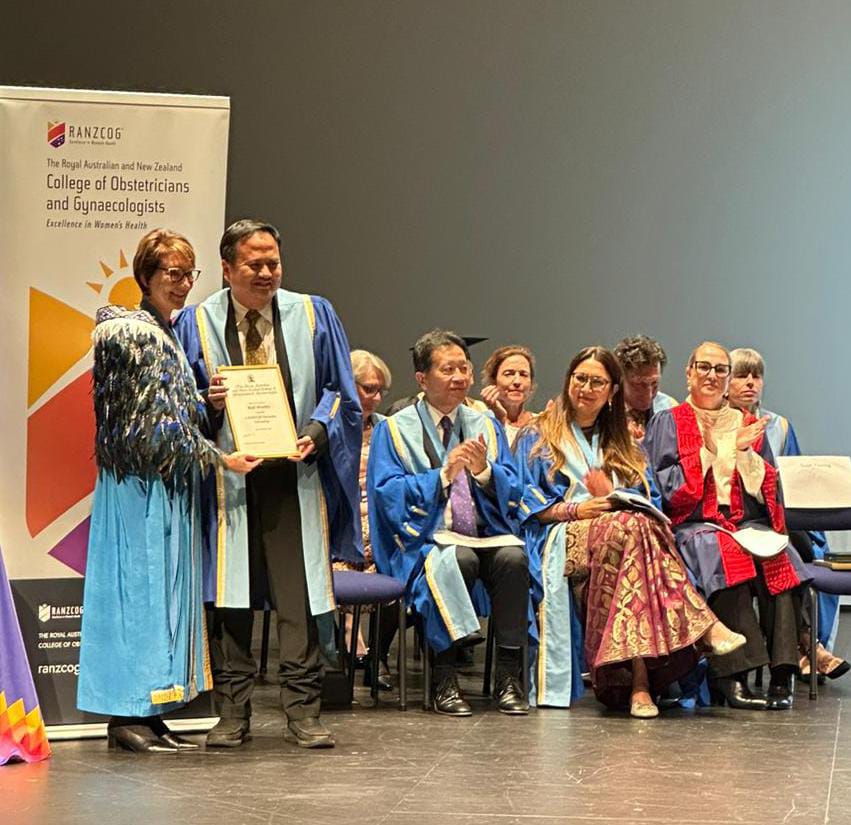Agriculture and plantations are two sectors that are very dependent on weather. Usually, the main planting season occurs in the rainy season from November to March. However, climate change often causes the rainy and dry seasons to arrive randomly and are difficult to predict. It significantly affects the planting season period, ultimately impacting national food production.
The Department of Geosciences, Faculty of Mathematics and Natural Sciences at Universitas Indonesia was inspired to create an innovation called the Local Rainfall Information System (Si-Cuhal). Initiated by Dr. Eng. Supriyanto, M.Sc., Si-Cuhal is a platform that provides rainfall, temperature, and air humidity data on a cloud server. This data will be displayed in daily, monthly, and annual rainfall graphs.
The Si-Cuhal platform is intended to accommodate farmers, agricultural services from regional governments, the general public, and farmer cooperatives who act as agricultural product suppliers. Supriyanto said the information in Si-Cuhal is helpful for farmers to determine the right planting season based on local weather change patterns, which have recently become increasingly inconsistent. We hope farmer production, especially rice, can continue to be maintained.
All rainfall graphs recorded by Si-Cuhal can be accessed at any time via gadget. Farmers can record, document, and analyze rainfall intensity. Si-Cuhal also provides information related to business activities in the agricultural sector.
This innovation is built on Precision Agriculture techniques. Precision Agriculture is an agricultural management concept based on observing, measuring, and responding to inter- and intra-farm crop variability. In Precision Agriculture techniques, weather is important for optimizing agricultural yields. According to Supriyanto, it is time for Indonesian farmers to upgrade from traditional to modern farming by implementing precision agriculture.
The Si-Cuhal weather monitoring station began to be developed in 2019 and underwent a series of laboratory tests. The Si-Cuhal weather monitoring station technology has been applied for flood disaster mitigation in Depok, Karawang, Sumedang, and Garut. Si-Cuhal initially consisted of 10 to 20 weather monitoring stations in a district or city. Si-Cuhal can automatically record daily rainfall intensity, temperature, and air humidity every 10 minutes and send them to a cloud server for storage, said Supriyanto.
Currently, Si-Cuhal is ready to be implemented on agricultural land throughout Indonesia as long as the Global System for Mobile Communication (GSM) communication infrastructure is available in the area. Indramayu will be the first location to implement this technology. At the end of February 2024, Supriyanto and his team will go to Mulyasari Village, Bangodua District, Indramayu, to install the Si-Cuhal.
To prepare for installation, the team continues coordinating with members of the Climate Change Response Farmers Association (PPTPI). After the data is collected, the team will reach out to Indramayu farmers who are members of PPTPI.
In the future, Si-Cuhal will not only manage rainfall measurement results. This platform has been developed so farmers can upload the types of pests that attack their agricultural land. Other farmers can then provide suggestions and input regarding how to deal with pest attacks based on their experience. Furthermore, farmers can share experiences in choosing the right type of fertilizer according to the characteristics of agricultural land.



